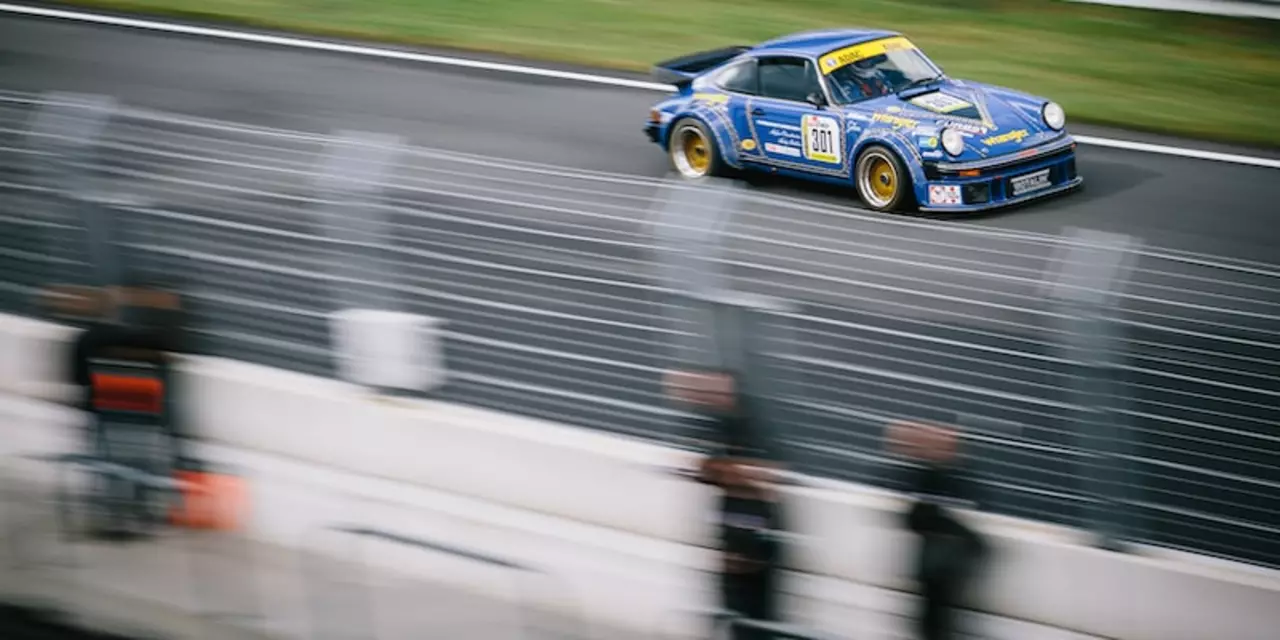Chicane Safety and the Right Helmet for Tight Racing Turns
When you hit a chicane, the bike jumps from left to right in a blink. That rapid direction change puts extra stress on your head, neck, and the helmet itself. If your helmet can’t handle those forces, a simple slip could turn into a serious injury. Let’s break down what makes chicanes tricky and how to pick a helmet that keeps you safe without slowing you down.
Understanding Chicanes
A chicane is basically a quick, forced zig‑zag designed to slow you down on a fast straight. It forces you to brake hard, swing the bike around a tight corner, then accelerate out just as fast. Because you’re constantly shifting weight, the helmet experiences lateral impacts more often than on a smooth corner. Riders often underestimate this, thinking a good helmet is good enough for any track. In reality, the wrong shell or liner can crack under repeated side‑loads.
Most beginners think of chicanes as just another corner, but the physics are different. The bike’s suspension compresses heavily, the rider’s body twists, and the head moves side‑to‑side. That means you need a helmet that absorbs side impact well, stays snug, and won’t wobble when you look over your shoulder.
Helmet Features for Chicane Protection
First off, look for a helmet with a multi‑density EPS liner. The outer layer should be soft enough to catch the initial blow, while the inner layer stays firm to spread the force. This combo is key for side impacts common in chicanes.
Second, a secure fit matters more than a fancy design. A helmet that moves even a millimeter when you turn your head can create gaps and reduce protection. Use the dial‑adjust system or a snug strap to lock it in place.Third, consider helmets with a wide, aerodynamic shell. A broader profile gives more surface area to absorb side hits, and the shape helps keep air flowing so you don’t get wind‑buffeted at high speeds.
Finally, check the certification. Look for ECE, DOT, or Snell ratings that specifically mention side‑impact performance. Those tests simulate the kinds of forces you’ll feel in a chicane.
At A1 Motorsport Helmets we stock models that hit all these marks. Whether you prefer a full‑face for maximum protection or an open‑face for a lighter feel, we’ll help you fit it right. A well‑fitted helmet not only protects you in a chicane but also keeps you comfortable for the whole race.
Quick tip: before you hit the track, do the “wiggle test.” Hold the helmet on your head, shake it side to side, and make sure it stays steady. If it feels loose, adjust the straps or try a different size. A snug helmet should feel like a second skin, not a tight band.
Remember, chicanes are about precision, not just speed. The right helmet gives you confidence to brake hard, turn sharp, and accelerate out without worrying about head injury. Pair that with proper riding technique—smooth steering input and looking through the corner—and you’ll nail every chicane safely.
Ready to upgrade your helmet for chicane safety? Browse our selection, or drop us a message for a personalized fit. Stay safe, stay fast, and enjoy the ride!
A dogleg and a chicane are two terms used in motor racing to describe a type of corner. A dogleg is a type of corner where the turn is made in an ‘L’ shape. A chicane is a type of corner that has two tight turns in opposite directions. Both types of corners can be used to slow cars down and make them take a longer route. The main difference between the two is that with a dogleg the turn is in one direction, whereas with a chicane the turn is in two directions. Both types of corners are used by race tracks to make the race more interesting and challenging.
